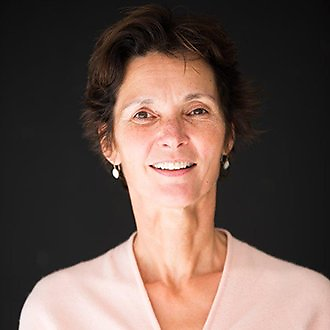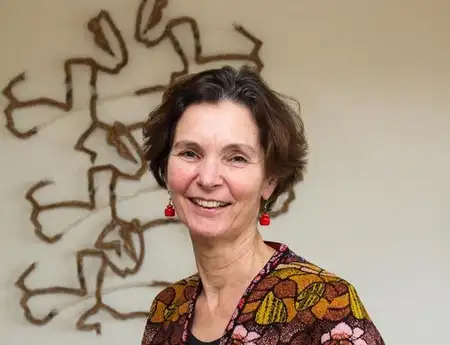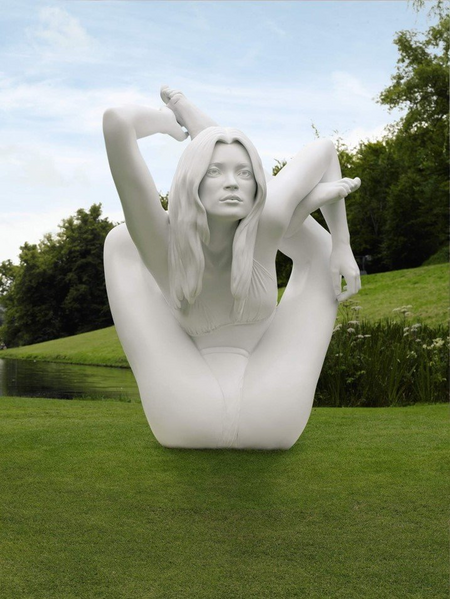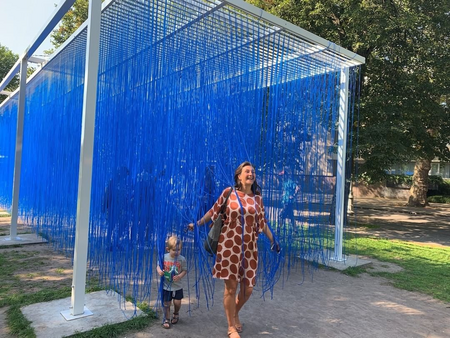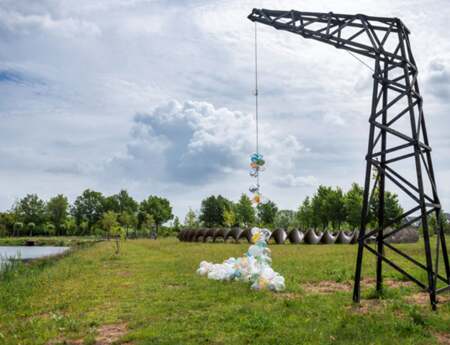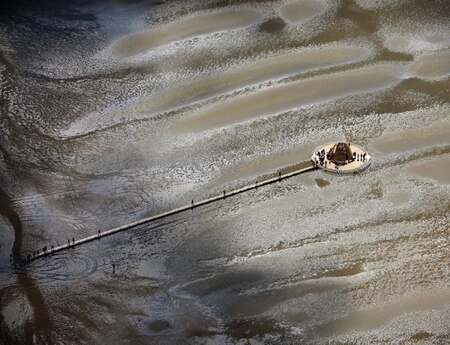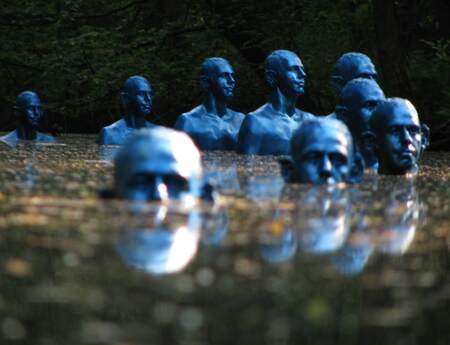The Return of the Human Figure
The next sculpture network Dialogue will take place in Amsterdam on 14th September at 2 p.m. Art lovers and culture enthusiasts who live in and around Amsterdam are cordially invited.
The Dialogue, a tour of the sculpture biennial ArtZuid with director Cintha van Heeswijck, will be organized by sculpture network coordinator Anne Berk, who examines the artists, works and tendencies of the exhibition in this text:
This edition of the International Sculpture Biennale ArtZuid in Amsterdam, curated by Jhim Lamoree & Michiel Romeyn, is all about of the human figure. 80 artworks from 4 generations of sculptors brought more than 300,000 visitors to the leafy avenues of Amsterdam South, bringing the stately neighbourhood to life. Apart from the pleasure of experiencing the wealth of styles, shapes and materials, these human figures also invite us to reflect about life.
It is the sixth time that ArtZuid is organizing this Biennale, but the first time that it is dedicated to the human figure. This is surprising because art is a human activity, born from the need to grasp the world around us and put life in perspective.In the last century, for a long time, the human figure was considered outdated. Even taboo, becoming suspect after being used for propaganda by the Nazis and the Communists. Only a few artists, like Eja Siepman van den Berg, ignored this taboo. She continued to create her flawless human figures.
Rodin, represented by his famous Thinker, was a master in capturing the body in movement. After him, the academic tradition of reproducing visual reality was largely abandoned.
Driven by a quest for the new, 20th century modernism was dominated by experimentation. Ranging from a bottle of Parisian air (Duchamp), canned poo (Manzoni) or a walk (Hamish Fulton), everything could be art. Art was about the process of making, or actions with material in the broadest sense of the word. The body could also be material or nature. It was all about the concept.
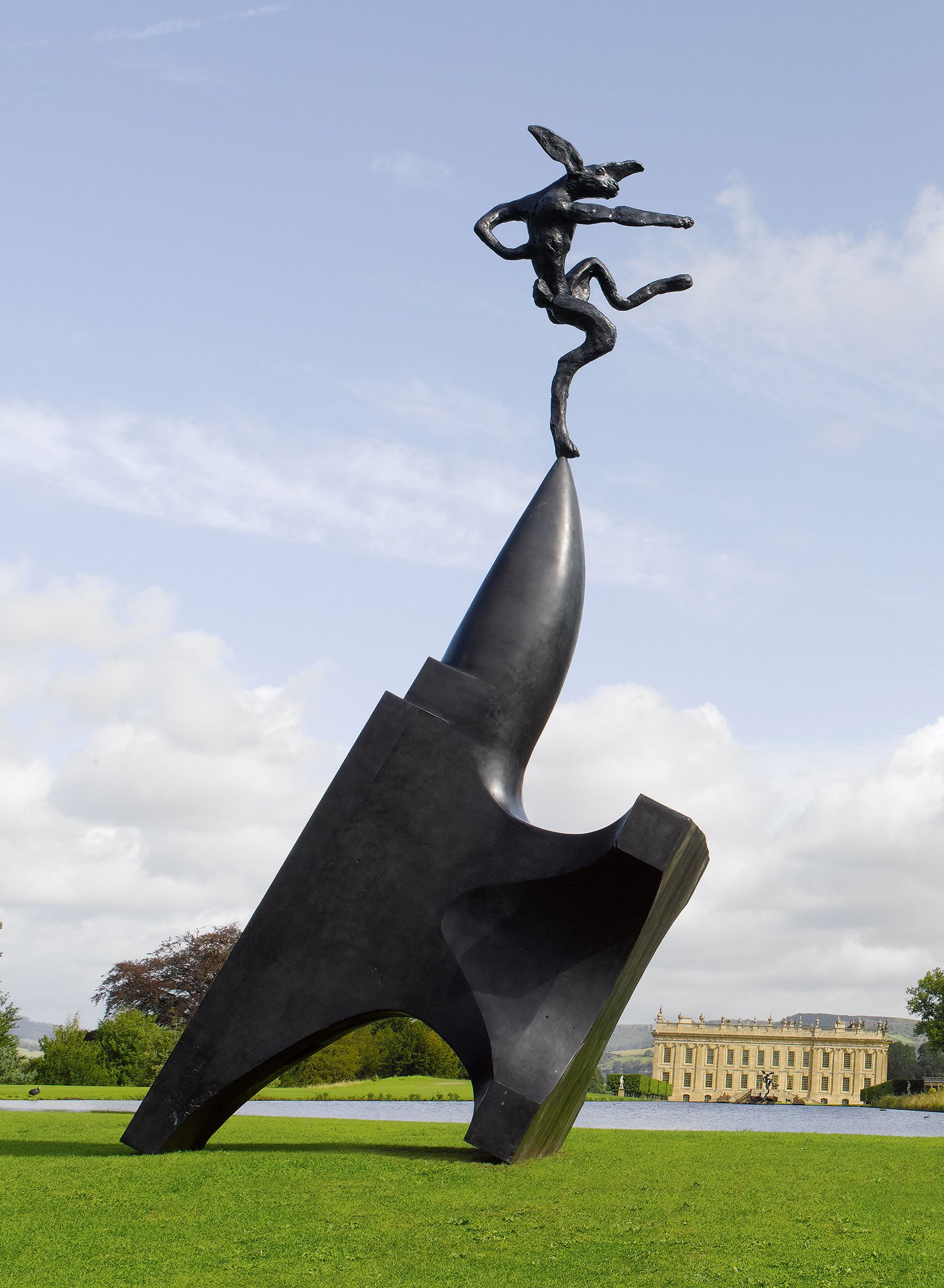
Point"2001, courtesy Waddington Custot
No Pedestal
Constantly the boundaries of art were being pushed until art was stripped to the bone. Further progression was not possible, so artists returned to tradition. In the nineties, they picked up the human figure again, as with ArtZuid’s Joel Shapiro, Barry Flanagan, or Henk Visch. But the 20th century left its mark. Sculptures used to stand on pedestals, towering high above us, giving expression to established values and hierarchies. Nowadays they rest on the floor, on the same level as the spectator. They don’t represent rock-solid beliefs anymore. These gesturing figures speak to our bodies, asking questions about existence in a searching time, leaving the answer to the spectator.
Sfinx
The Leader of Atelier van Lieshout is a cartoon-like version of an equestrian statue. This ghostly figure is an ironic comment on the decorum of power. Gloria Friedmann’s Everyday Robots consist of heads on long legs. That’s exactly how you feel when you sit behind your computer for a long time; becoming a mind without a body. A look at the Sphinx by Marc Quinn, a spectacle of the kind that this ‘Young British Artist’ is known for. He presents a more than life-size, idealized portrait of Kate Moss, with her body tied in an impossible knot. Her yoga posture reveals her spiritual aspirations, but has sexual connotations as well. The gaze of the viewer is drawn to her crotch, which is moderately covered with panties. Quinn, who is a master in catching public attention, said he was intrigued by the tension between the real person and the public image of this famous supermodel. “Kate Moss is a sphinx. In our non-religious Western world, celebrities are treated like Gods. Humans have the ability and the need to believe.”

Name of God
That longing for the spiritual can also be found in the sculptures of Matthew Mohanan and Jan Fabre, but without this desire being met. In Daisypusher, Mohanan shows that we are inclined to project a human face on crinkled metal. He considers faith as a human construction to tame our fear for death. Jan Fabre, a self-proclaimed ‘spiritual skeptic’, plays for God. Sitting in a golden bathtub, referring to a well-known poem of Guido Gezelle, he writes the name of the Creator on the water. Only Johan Tahon is missing this intellectual distance. His elongated, inspired images reach for something bigger that is beyond human comprehension. “Sometimes it’s as if those figures were not made by me, but by a force that is greater than me.”
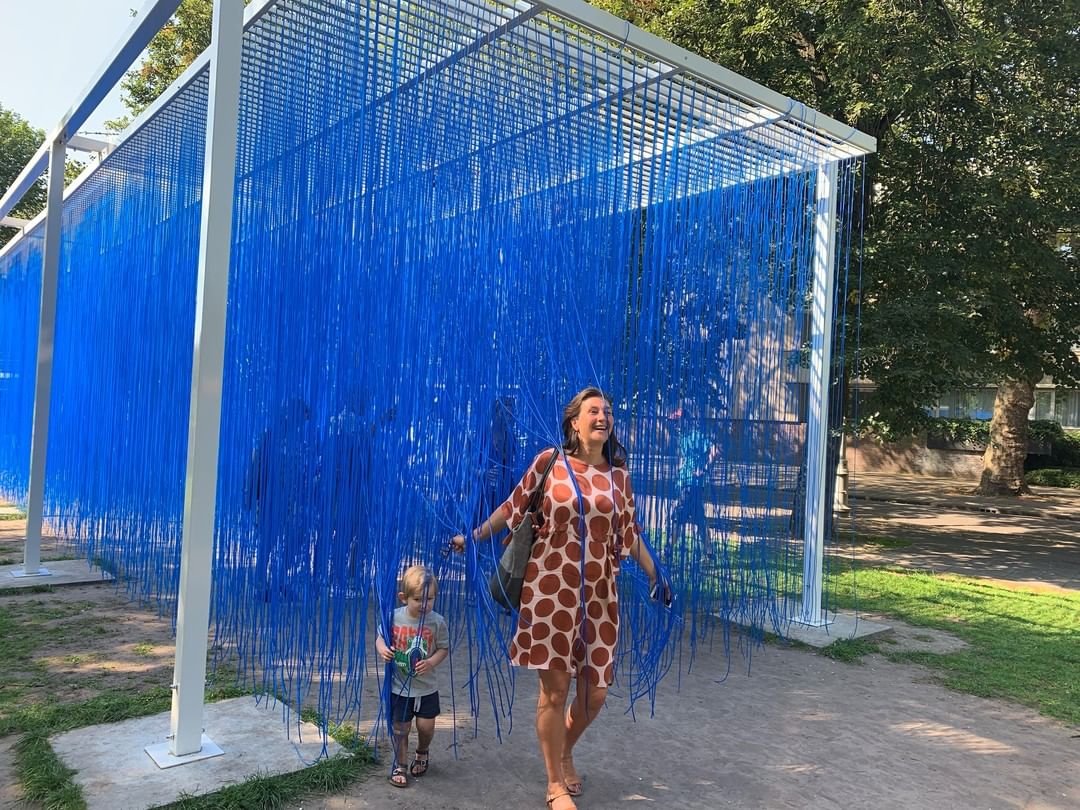
Jeüsus Rafael Soto, "Peüne ütrable bleu edition 5", 1999-2007, Photo: JW Kaldenback
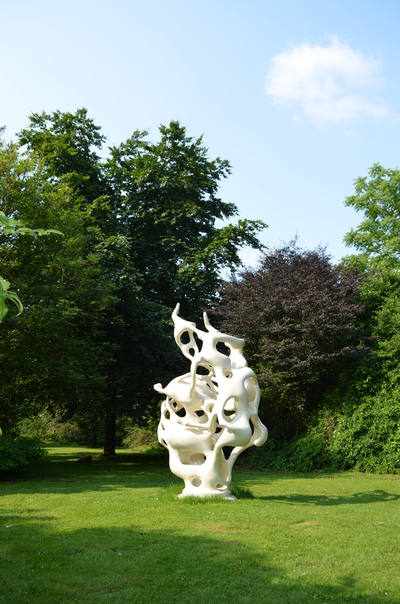
The human figures are nicely interspersed with sculptural spaces by Dan Graham, Elsa Tomkowiak and the playful installation from Op Artist Jesus Rafael Soto. Young and old pass through the thousands of blue strings that are dancing before their eyes. Dating from the seventies, in this genre sculpture was conceived as an abstract structure in space. Instead of reproducing the human figure, they offer us physical experience, that perfectly suits a materialistic worldview. Last but not least, the monsters of Nick Ervinck refer to the future, when the physical and the digital world are increasingly intertwined.
International Sculpture Biennale ArtZuid, Amsterdam, 17 May to 15 September 2019
On the 14th of September, at 2pm you are invited to a sculpture network Dialogue, with a tour of director Cintha van Heeswijck from ArtZuid.
Author: Anne Berk
Anne Berk is curator, critic and coordinator of sculpture network in the Netherlands. She researched the return to figuration in the international exhibition and book In Search for Meaning. The Human Figure in Global Perspective (2015, Dutch)
Cover picture: Marc Quinn,"Myth (Sphinx)", 2007, courtesy of Vanhaerent Art Collection, Brussels, Photo: JW Kaldenback, ARTZUID2019

